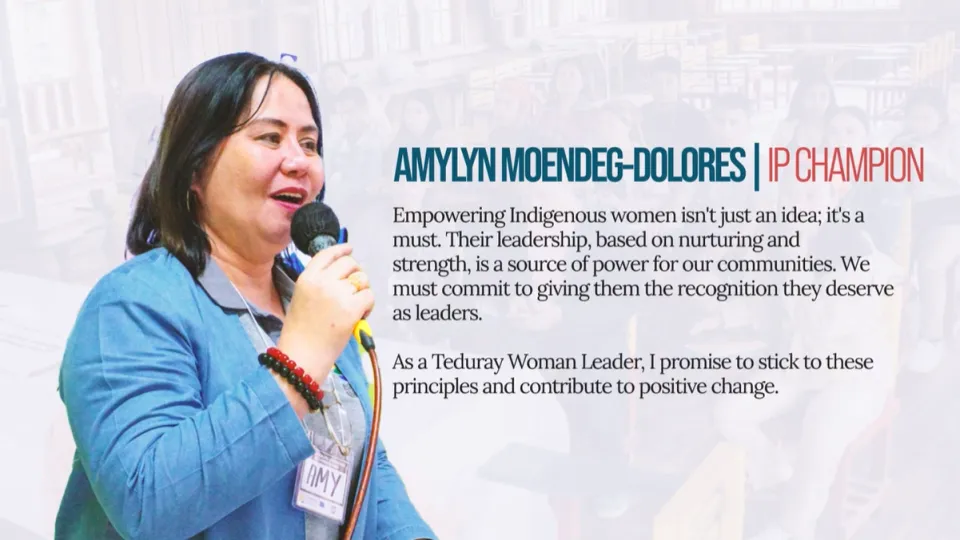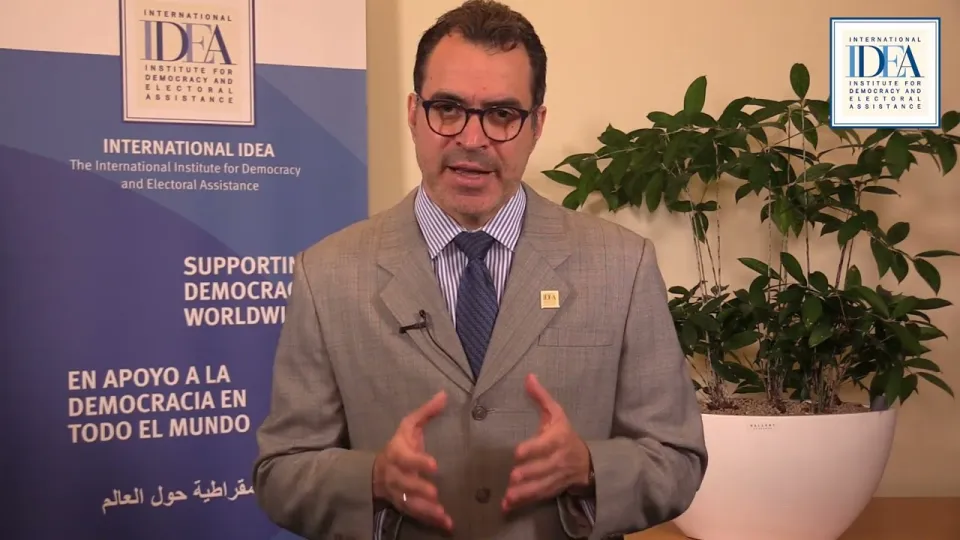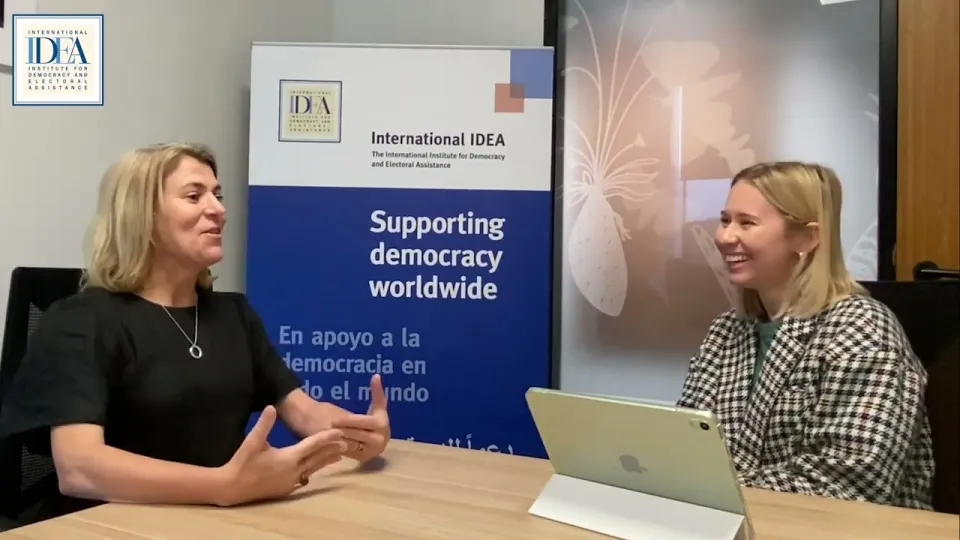International IDEA has now developed two whiteboard animation videos on what federalism is and why federalism could be a good option in particular settings.
These videos explain the core components of a federal constitution, and some of the advantages and disadvantages of choosing such a system. They are meant to simplify often complex concepts, to make them understandable to the general public. Some of the key messages in the videos include the following:
- Federalism provides a way for different groups of people in different parts of the country to live together
- Federal systems have at least two levels of government, the central level and a second level that includes territorial entities into which the country is divided, e.g. regions, states, provinces.
- Federalism provides ways by which these different groups share power over common interests, but it also provides for these groups to have a level of autonomy vis-à-vis central state institutions
- Federations are protected by a constitution regarding ways in which power is shared in central state institutions, but also regarding the powers and responsibilities of both the central state and provinces, states or regions.
- But federalism is not a panacea. There are specific challenges that federalism alone cannot resolve, e.g. how to protect minorities, or the fact that federalism can be expensive as you need to build institutions not only and the central, but also at the region, state, provincial level. Sometimes the different levels have difficulties coordinating policies or policy responses, such as to pandemics or natural disasters.
Video transcription: WHY FEDERALISM?
1. Democracy’s goal is to give people - The People - a voice in the decisions which impact their lives.
2. But how does this work in practice, especially in countries where ‘The People’ mostly live in different regions of the country, and are made up of different ethnic, religious or linguistic groups?
3. In many countries, different groups can get along, despite their differences. They resolve any disagreements by the usual process of democracy.
4. But what happens when their differences are not just about policy? What if their very identity – their sense of who they are - is at stake? In that case, majority rule by one group might impact on the freedoms and rights of other groups.
5. These different people might have different ways of doing things. For example, they might want to be educated in their own language, or incorporate elements of their religions or customs into the laws of their region.
6. One possible political solution for these diverse groups of people who share the same country, but live in different parts of it, is federalism.
7. Federalism is a strategic compromise that divides powers and responsibilities between two main levels of government: a central or union level, and a state or regional level.
8. In a federal system, it is agreed that a central government manages issues of common concern. These are issues like economic policy, foreign policy and national defence.
9. It also guarantees some level of autonomy to specific territorial units - which might be states, regions, or provinces. These territorial units usually have autonomy over identity issues, like language and culture, regional economic development, infrastructure and public services.
10. Federalism is a practical way of dealing with some - but not all - of the tough challenges and problems of coexistence that exist in diverse societies.
11. So, let’s look at the pros and cons of federalism. What can it do for the people, but also what are its limitations?
12. First, federalism can give people meaningful powers to choose policies that suit their specific needs in their own territories.
This might be based on identity. For example, they can choose what language they are to be educated in and to have news broadcast in that language.
13. It might be that some parts of the country may have their own traditional, customary or religious laws, which do not apply to other regions.
14. It might be control of local economic development - promoting local industries like agriculture, tourism and trade - or management of natural resources such as water, minerals and forests.
15. It might also be because the country is very large. This makes it hard to govern the entire country from the capital city. For example, Australia has no major cultural differences between states, but it would be hard to govern such a large territory from one location.
16. Second, federalism disperses access to power, wealth and resources more widely to different territorial groups. It may help promote both peace and stability by giving local people a stake in the system. It might also encourage better governance, with more equal economic development.
17. Third, by satisfying demands for recognition, autonomy and resources, federalism might help ease political tensions and prevent secession. It might help countries that would otherwise fall apart, to hold together.
18. Fourth, federalism is a safeguard against abuses of power. It limits the power of all governing institutions, thereby preventing any one person or institution from having too much power.
19. Fifth, federalism allows for policy experimentation. For example, the Indian state of Kerala was able to implement a ‘campaign for total literacy’. This resulted in that state achieving the highest literacy rate in the country. This policy experimentation allows states to try new policies to see what works and what doesn’t.
20. But it is also important to keep in mind that there are some challenges that federalism cannot resolve. For example, some members of the same ethnic group might live in more than one region of the country. Or, some parts of the country might have several minority groups within one territory. For those, federalism alone may not offer sufficient protection. These groups may need special minority rights and protections, as well as a strong independent court system to enforce these rights.
21. Federalism can be expensive because it duplicates government functions at both the central and regional levels.
22. Federalism can also be inefficient and inflexible. For example, it might be more difficult for a federal system to coordinate responses to natural disasters or pandemics. If the different levels of government do not collaborate well it makes it harder for them to deliver on their policy promises.
23. It is also important to remember that federalism isn’t the only way of constitutionally decentralising power. Some other possibilities include: giving cultural autonomy to particular religious or linguistic minorities. Devolving more power from the centre to local governments, or establishing special autonomy for particular provinces.
24. Nevertheless, in large, or diverse countries where different groups mainly live in different parts of the country, federalism might be a good arrangement and support social cohesion and sustainable peace.
ENDS




